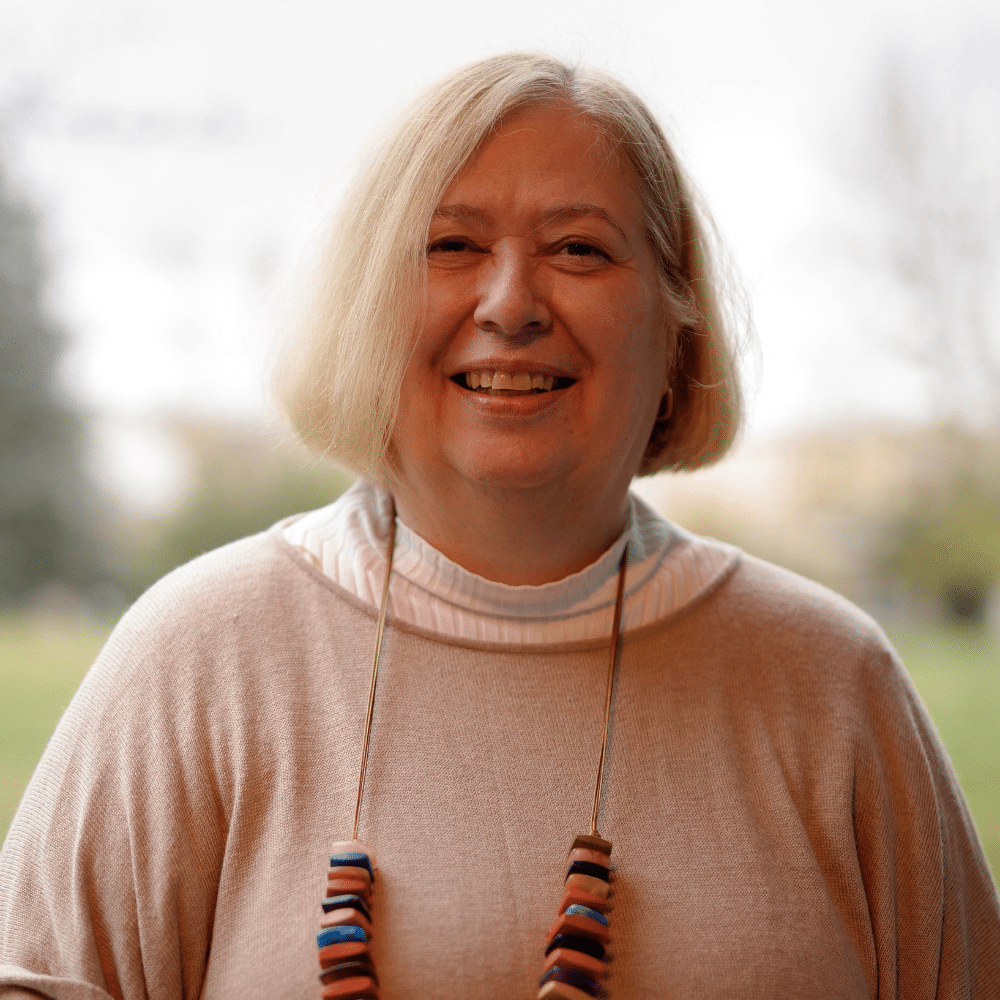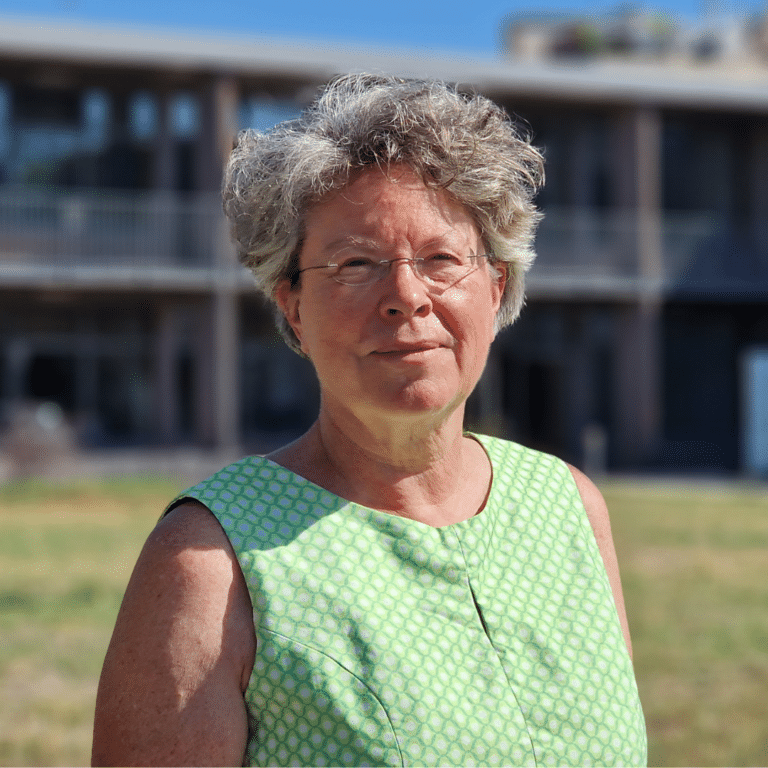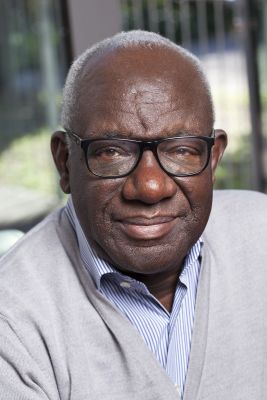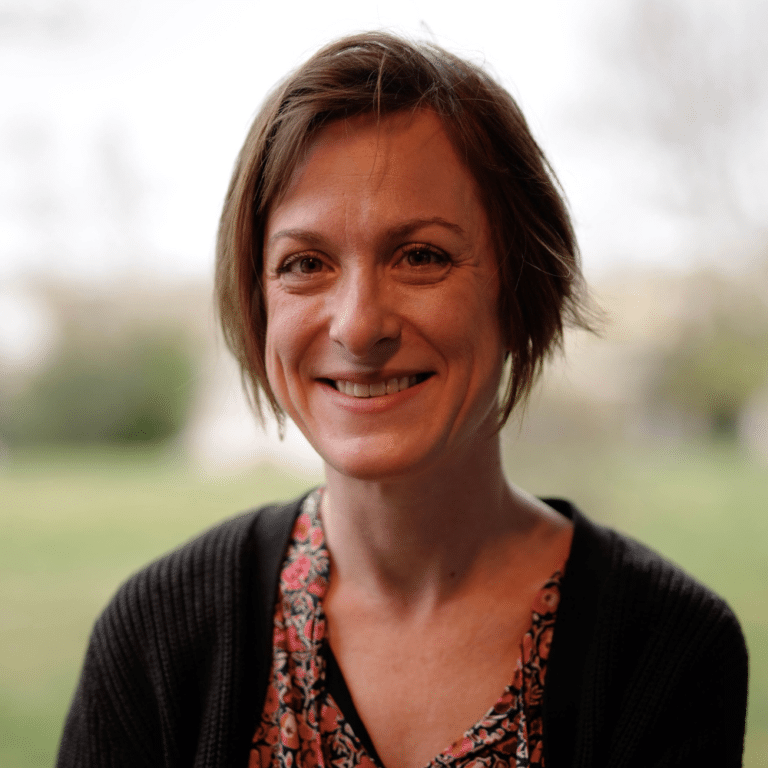
Sonja Kotz Cimon
Research project
Summary of the research project
The research project led by Professor Sonja Kotz at Iméra, the Institute for Advanced Study of Aix-Marseille University, promises to provide valuable insights into the complex processes of intra- and inter-individual synchrony in human communication.
The Dynamics of Multimodal Stimulus-Brain Synchronization
Dr. Kotz’s research project focuses on investigating how humans efficiently integrate multiple sensory stimuli, particularly in the auditory, visual, and tactile modalities. The project proposes that quasi-periodic fluctuations of acoustic and visual stimulus properties align with rhythmic neural oscillations, creating multimodal stimulus-brain synchronization. This alignment has been linked to improved speech and non-verbal comprehension, enhanced attention in noisy environments, and the human urge to synchronize movements with music. Collaborating with Dr. Morillon and Dr. Schon, leaders of the Dynamics of Cognitive Processes group, Dr. Kotz aims to explore this phenomenon and its impact on face-to-face communication, where self-synchrony and interpersonal synchrony play crucial roles.
The Role of Inter-Individual Synchrony in Social Interaction
The project also delves into the concept of inter-individual synchrony between communicative partners. Dr. Kotz proposes to investigate whether this synchrony is grounded in basic sensorimotor networks that orchestrate inter-brain synchronization during social interaction. To accomplish this, she collaborates with Dr. Strijkers, coordinator of the COBRA network, and Dr. Runnqvist, leader of the Language and Speech Dynamics team. Together, they aim to explore the neural basis of speech and music, sensorimotor integration, and the dynamic coupling of speech production and perception.
Expected Outcomes
Understanding the mechanisms of multimodal integration in communication is crucial for establishing common ground between individuals. The planned research project will lead to two significant outcomes. Firstly, a perspective article will be written, presenting a comprehensive account of multimodal integration in communication, including brain-to-brain synchronization, which is currently underrepresented in the literature. Secondly, empirical work will be conducted, employing sophisticated analysis of unimodal and multimodal rhythmicity at the brain level to reveal insights into temporal coordination between individuals during communication.
Biography
Sonja Kotz is a translational cognitive neuroscientist, investigating temporal, rhythmic, and formal predictions in audition, music, and speech across the lifespan, in animal and clinical (PD, stroke, tinnitus, psychosis, dyslexia) models. She utilizes a wide range of behavioral and neuroimaging methods (M/EEG, s/f/rsMRI, TMS) in her research. She heads the Neuropsychology section at Maastricht University (UM@NL), chairs the research council of UM, and holds honorary professorships at the University of Leipzig (DE), and University of Lisbon (PT). She is a senior/associate editor at multiple journals, including Neuroimage, Cortex, Neurobiology of Language, and PlosOne.



